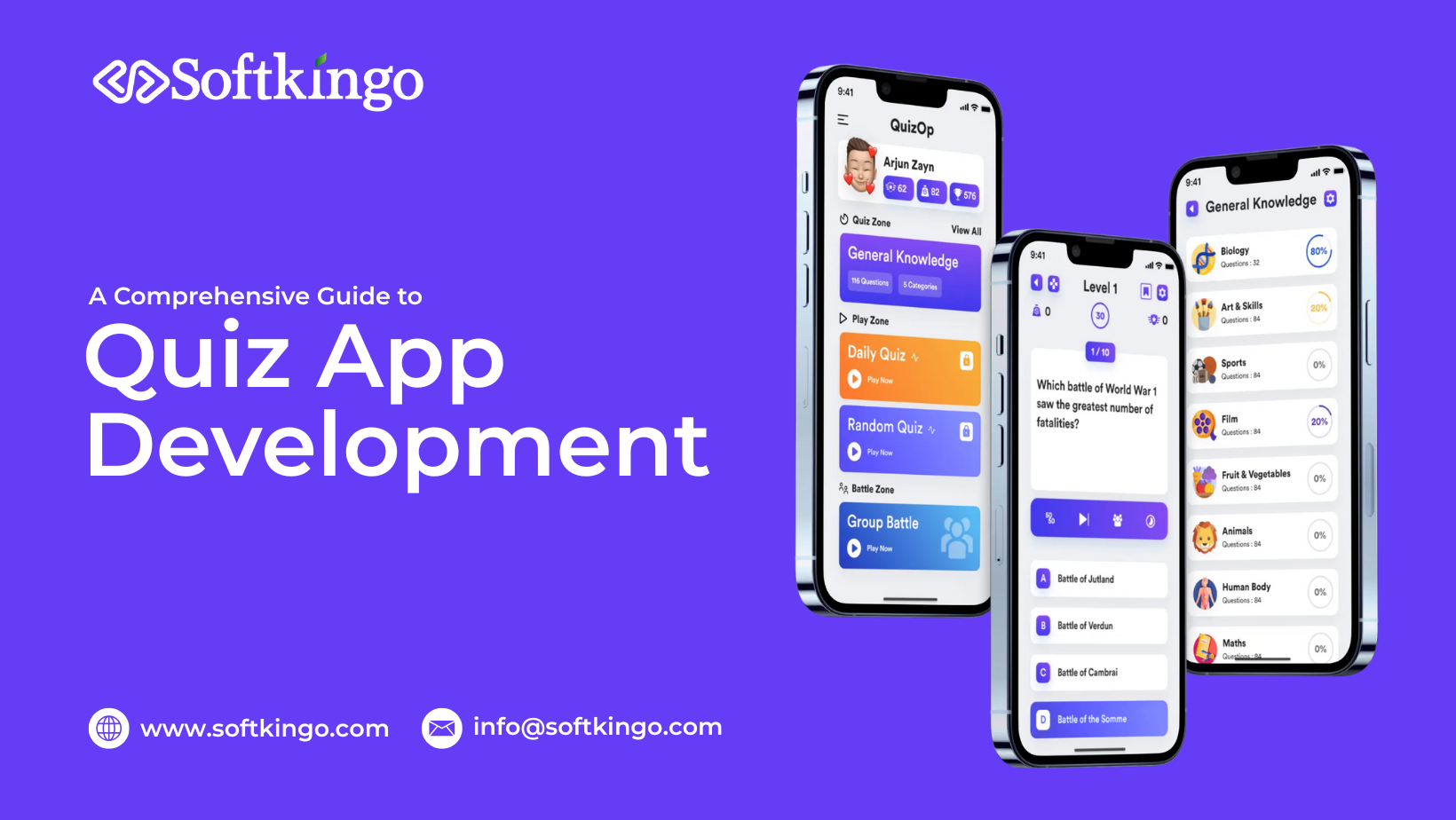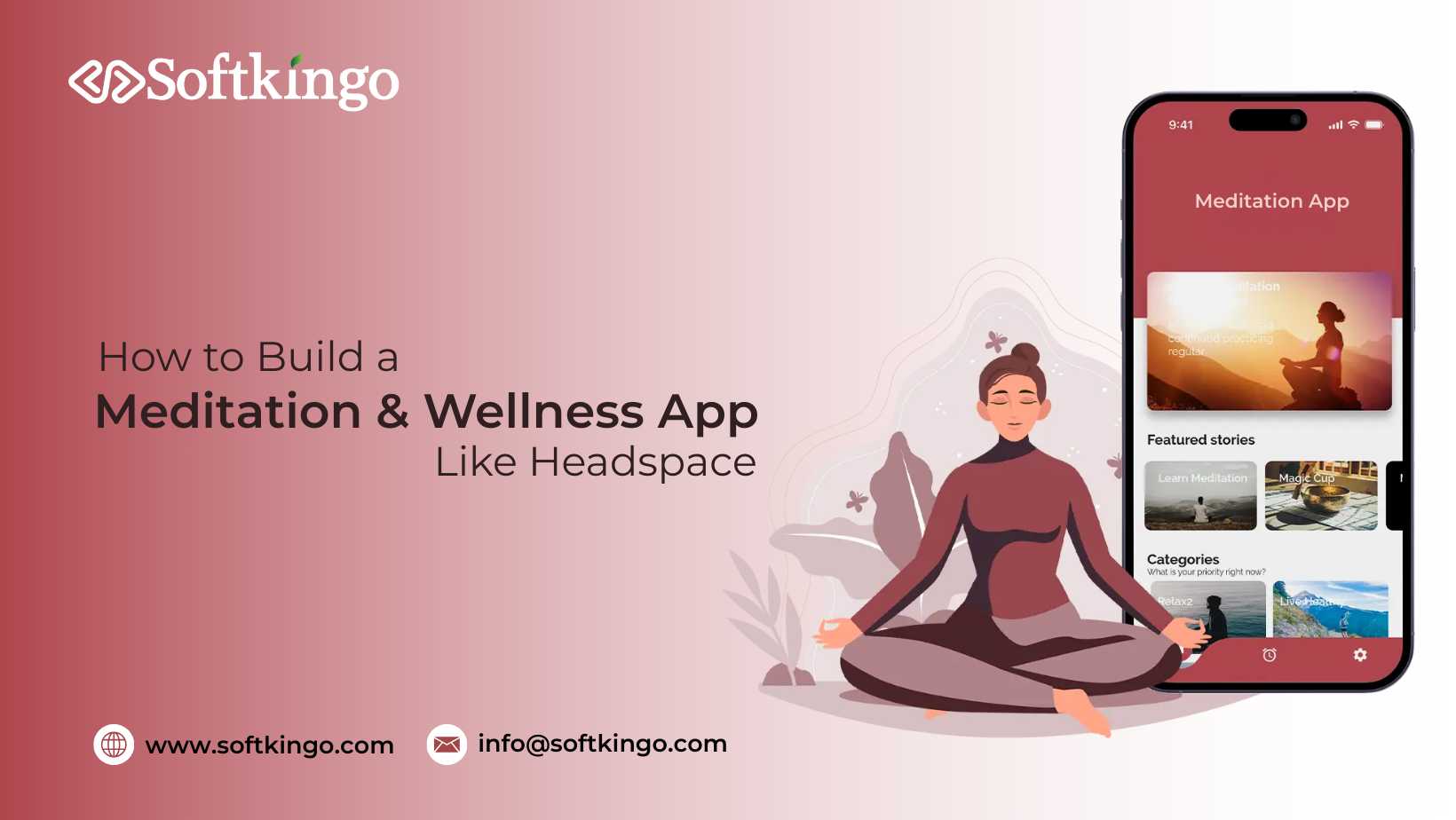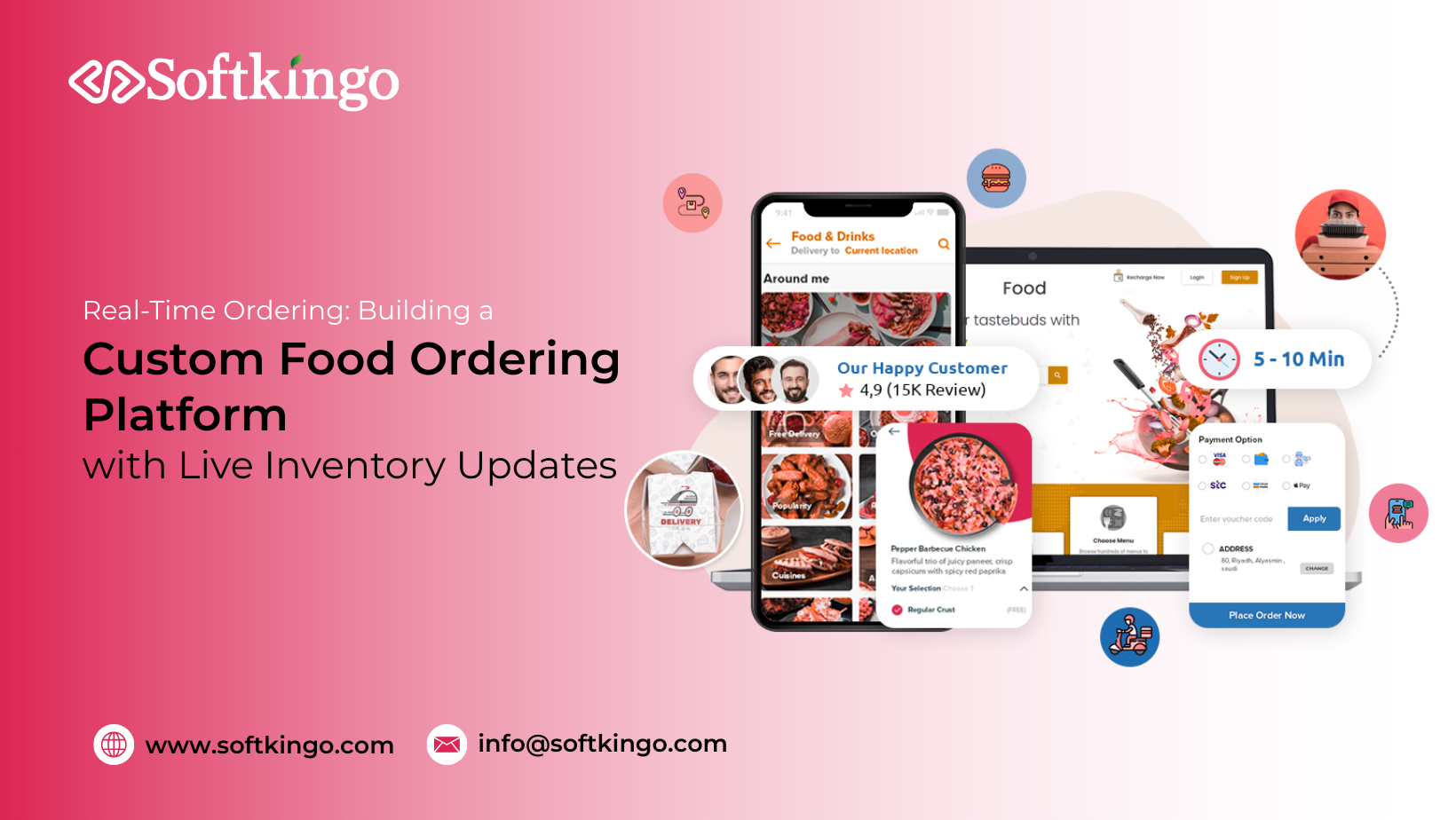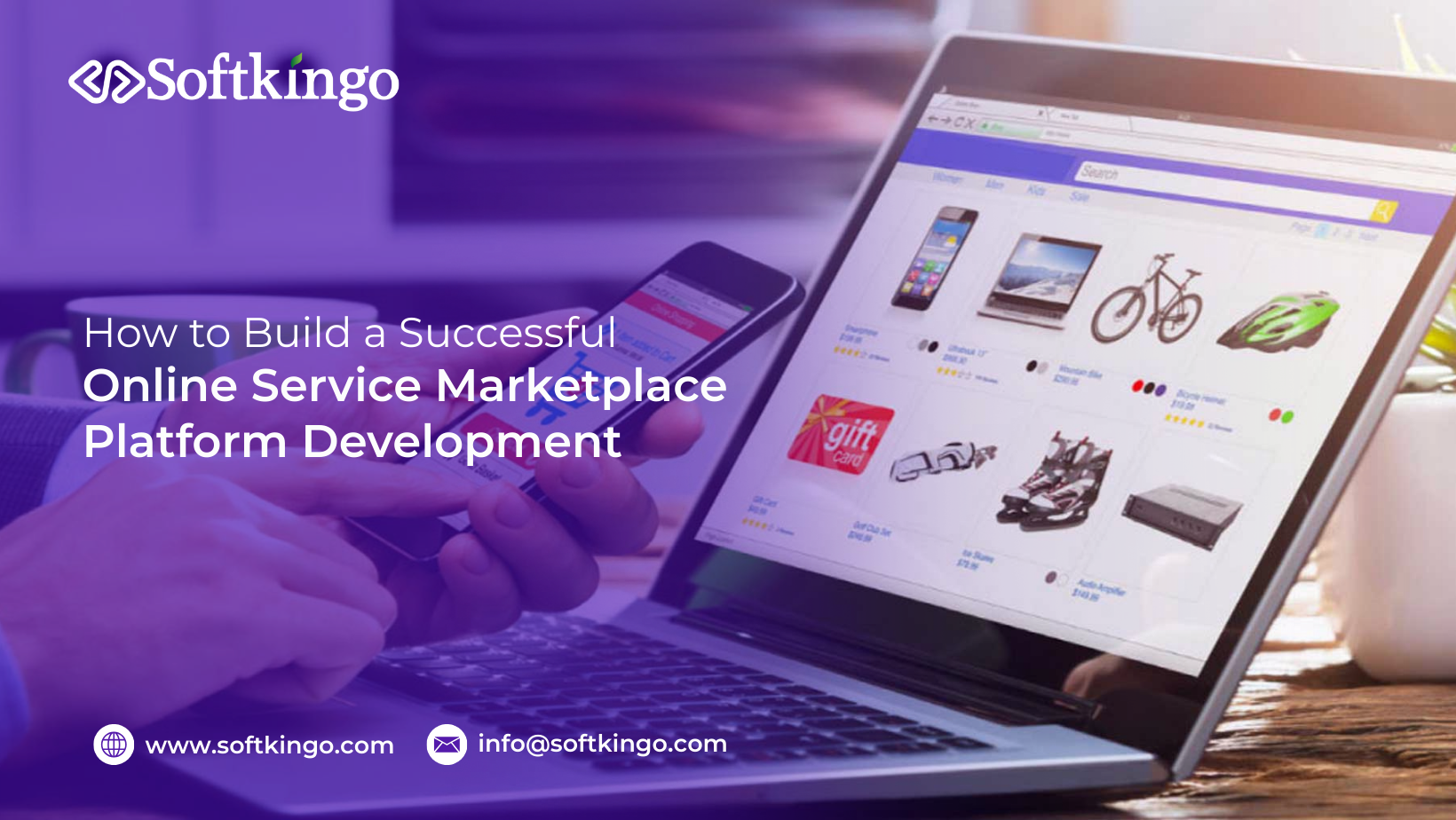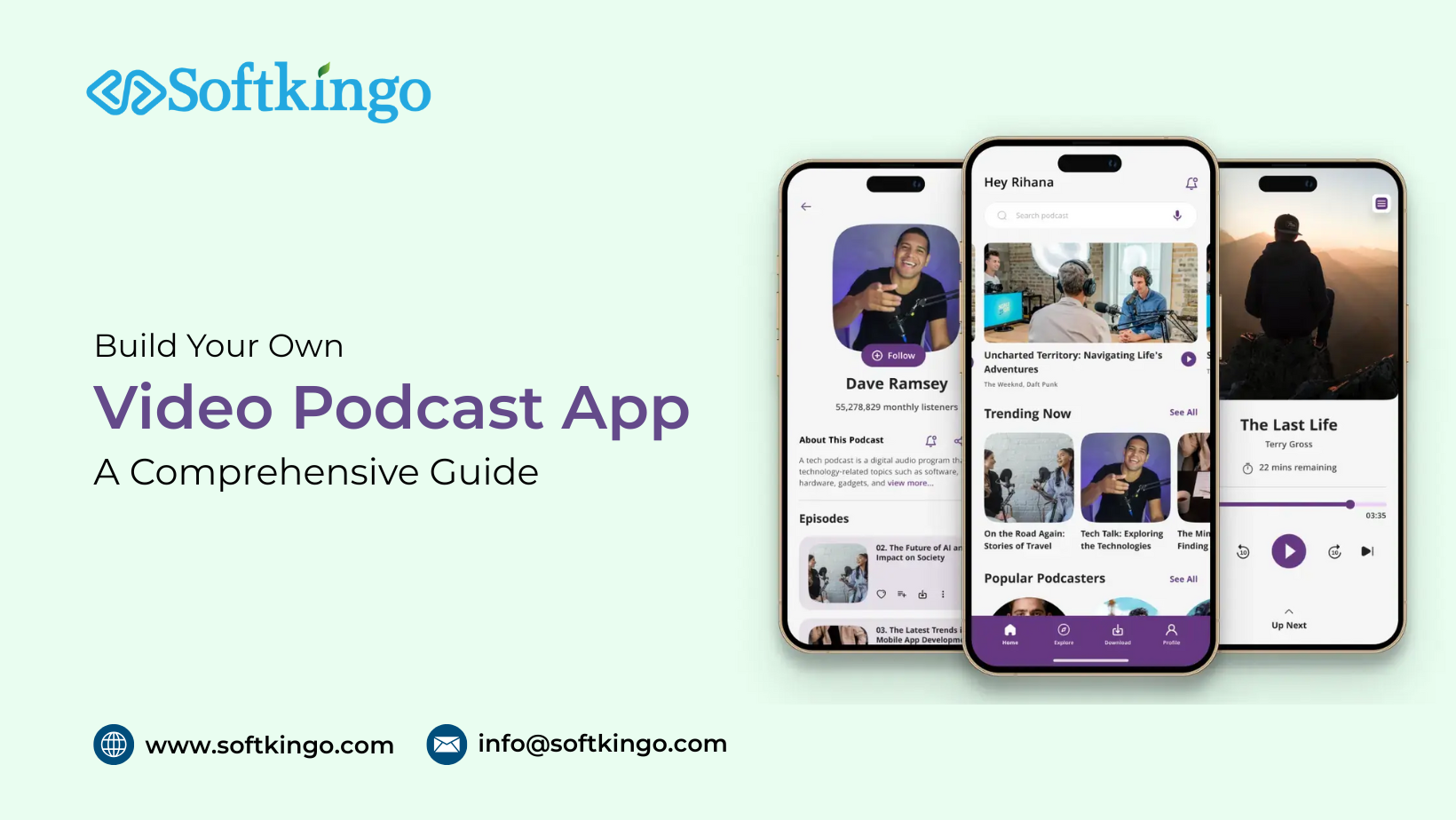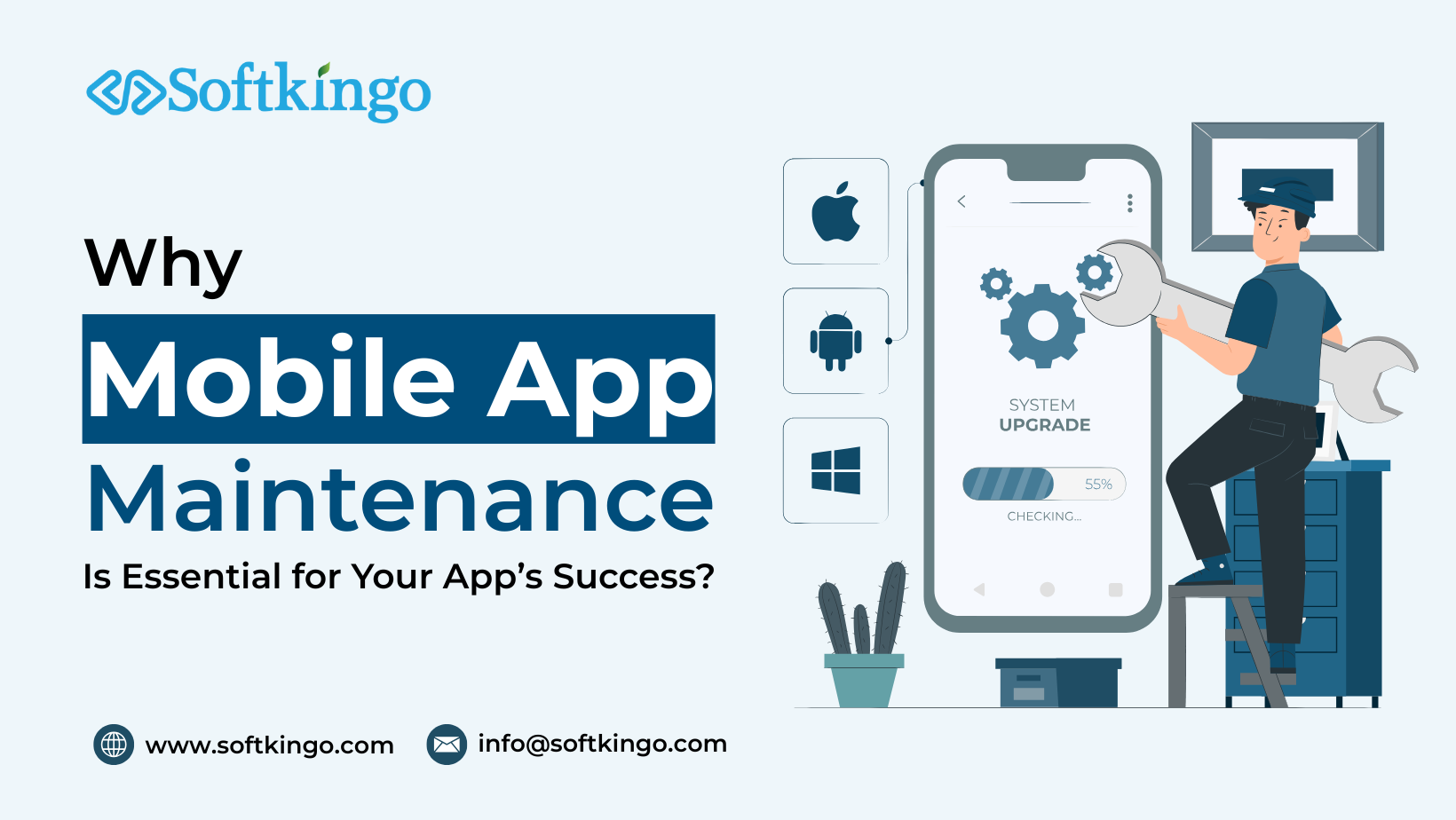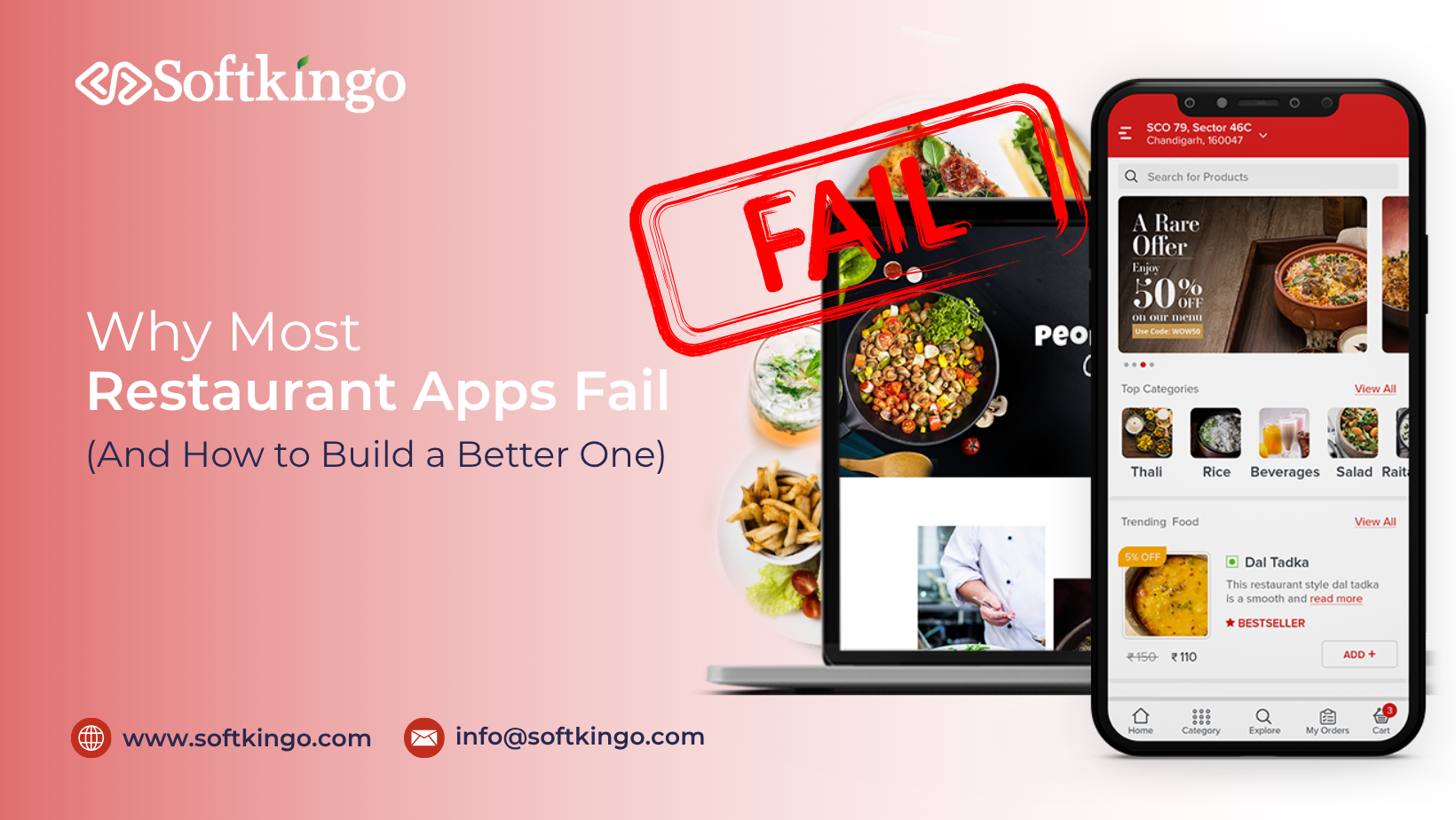
In an on-demand world, having an app for your restaurant is a sure way to win. After all, diners want quickness, personalization, and convenience. So why do many restaurant apps, even with serious funding, slick designs, and good ideas, fail past their first year?
Not just about bad code and buggy features; the reasons are deeper: mostly, apps fail because they don't really solve a problem, don't stand out, and don't evolve with their user base.
If you're creating or running a food-related app, it isn't just useful to know the reasons for app failure- it's crucial. In this post, we'll run you through the biggest reasons for an app failure with real-life examples and how to make sure yours are not one of them.
Key Takeaways
- Bad UX, infrastructure, and no solid user need are the things that make apps fail.
- Many apps avoid testing— or have an overengineering attitude to features — and users catch on.
- Apps respected both by the restaurant's own brand and its loyal customers fare much better.
- AI-powered features like personalized menus and intelligent chatbots increase retention.
- Good planning, iterative feedback, and scalable tech infrastructure equals success.
The Boom and Bust of Restaurant Apps: What the Data Has to Say
Food delivery app market is growing and is projected to reach $483 billion by 2032. But wait. Also, almost 60% of restaurant apps are deleted within the first 30 days. Why? Users find clunky interfaces, slow apps, and apps that feel a nuisance rather than a helpful tool as their key reasons.
By 2026, on-date restaurant send food service queries are predicted to be 80% mobile-first. But many of the apps launching today are not going to make it that far. Usually, it is not that their ideas were bad—it is that the designs never conformed to what users needed.
Why Restaurant Apps Generally Do Some Disintegrating
1. Makes for Glamorous Designing—Gives an Awful Feeling to Use
An app might look cool so it lacks that. But then if a user takes over a minute to order, he lashes out of it; or he has got baffled about the menu. Hence, 38% of users uninstall apps due to annoying UX.
Tip: Go for the clear-cut. Think about heavy intuitive menus, easy checkout, and straightforward tracking—not just glittery little icons from your favorite designer.
2. No Differentiator at All
Imitating a big-name app sounds like a safe bet to most. But it's the most potent recipe for failure. Customers feel it when something lacks personality or purpose.
Tip: Your app has to be the culmination of the feel of the restaurant, even down to making sure features are built in. That could mean a loyalty punch card, vegan filtering, or some unexpected rewards.
3. Technology That Can Proactively Rust
Freezing, crashing, slow, and unoptimized apps get no second chances. A nice user interface cannot make up for a slow performance, or worse, lack of QA testing.
Tip: Build your tech stack for growth. Keep it clean and scalable. Test for compatibility and bugs across all devices. Fix every bug at build time and not after the first bad review.
4. The Concept of a Business Model Is Foreign to the Developer
Most founders build an app hoping it will pay for itself later. It seldom does. With no monetization model, even a popular app burns out fast.
Tip: Have revenue in mind from day one. Delivery fees, subscription models, cross-promotion, and in-app upselling are all avenues to consider. Build your app as a business, not as a one-time project.
5. The Data and Feedback Are Ignored
Users are always trying to tell you something-they do that through reviews, drop-off points in usage, behavior, etc. But if you aren't tracking that, you're essentially flying blind.
Tip: From launch, use an analytics package; monitor what features are working, what pages are losing users, and what feedback is coming in. Adapt early and often.
Lessons from Failure: Real Case Studies
Case Study 1: An App Pretty Yet Dysfunctional
This pizza chain came up with a very expensive app full of flashy animations and exclusive promotions. But it kept crashing at checkout and didn't let users order as guests. The customers dumped it and it was pulled out in 6 months.
Lesson: Reliability matters more than just eye candy.
Case Study 2: Another Generic Clone
Another vegan cafe copied a popular national app but forgot to give any sort of brand personality or an incentive scheme. It received reviews saying that it felt "soulless" and "pointless."
Lesson: Users want identity and a reason to stick around, rather than just yet another order portal.
Case Study 3: Good Vision, Bad Execution
A small reservation app tried to challenge OpenTable without an adequate backend for live syncing and table management. They ran out of money before it was able to solve the major issues.
Lesson: Never underestimate the cost of making one that works. Right infrastructure accompanies ambition.
How to Build a Restaurant App That Actually Succeeds
Start with a Problem, Not Just a Product
Know who you’re building for. Are you solving delivery delays? Offering better loyalty perks? Serving a niche audience? Apps succeed when they solve real diner needs—not just when they look good.
Keep the User Journey Ridiculously Simple
Every tap matters. Don’t bury key actions or over-design your interface. Prioritize fast ordering, simple signups, and real-time updates.
Test Often—Before and After Launch
Bugs kill momentum. So does guessing what users want. Do usability testing early. Launch a beta. Listen closely to your first users—they’re your goldmine.
Think Long-Term Tech
Your app may start small, but you want it ready for growth. Invest in flexible code, scalable APIs, and a team that can evolve with you.
Monetization Isn’t an Afterthought
Will your app support your business financially? If not, it’s just a cost center. Build in monetization from the start, even if it’s simple.
The AI Edge: Transitioning From a Good App to a Smart One
AI used to be just hype. Now it's really becoming the backbone of smarter restaurant apps. Here are some important areas where AI can put a big advantage on your app:
- Personalized Menus: Suggest dishes based on history of order and time of day.
- AI Chatbots: Booking facilities, FAQs, and full orders given—allowing your team to have some free time.
- Inventory + Demand Forecasting: Stockouts, staff planning, reduction of waste, and demand forecast.
Go for that inch first; some AI feature such as personalized recommendations or chatbot ordering can be introduced, and then you can build upon that.
Final Thoughts
Restaurant app failure isn't about bad luck or lack of funds; it usually comes down to disjointedness: from your user, from your technology, from your abilities, and from your long-term vision.
Successful apps don't merely take orders; they build loyalty, streamline operations, and speak the language of the restaurant they stand for. If your app gives real value with speed, clarity, and personality, then you're ready down the road already.
But you don’t have to do it by yourself.
Whether you’re building your first app for the store or an enhancement for an existing app, an excellent development partner almost makes all the difference. Imagine getting an app for your restaurant that truly works and grows with your business, thanks to Softkingo: user-centric, scalable, and AI-powered.
💡 Want to go down the right path and build something your customers truly love?
Talk to the experts at Softkingo, and then build smarter, not just faster.
Paramhans Singh is the CEO and founder of Softkingo Technologies, bringing over 8 years of experience in delivering custom software solutions that help startups and enterprises achieve their business goals. He has successfully validated more than 220 app and website ideas and delivered over 100 tailored solutions, utilizing a range of technologies such as Swift, Kotlin, React Native, Flutter, PHP, RoR, IoT, AI, NFC, AR/VR, Blockchain, and NFTs.



